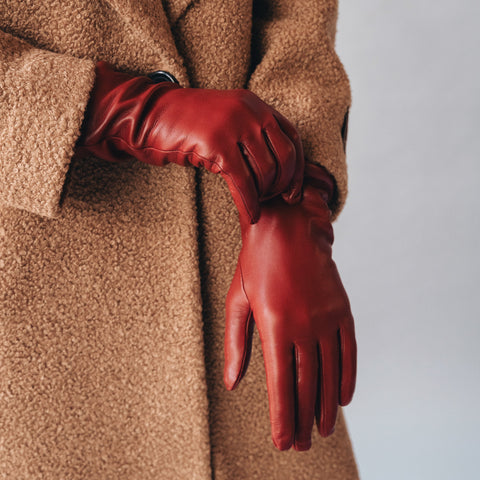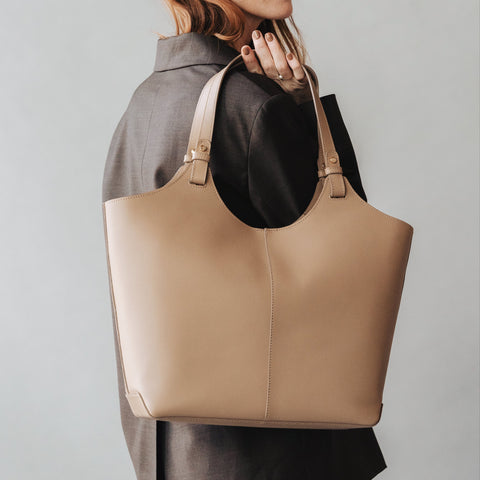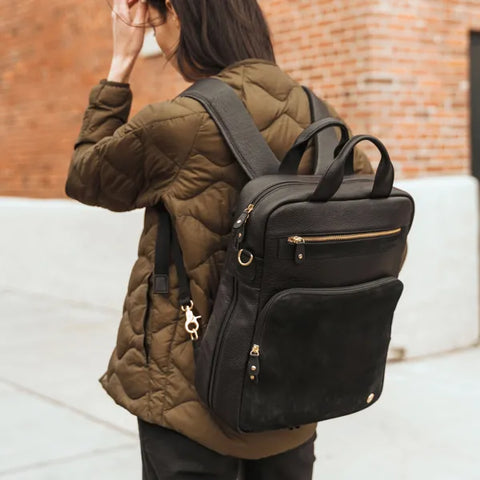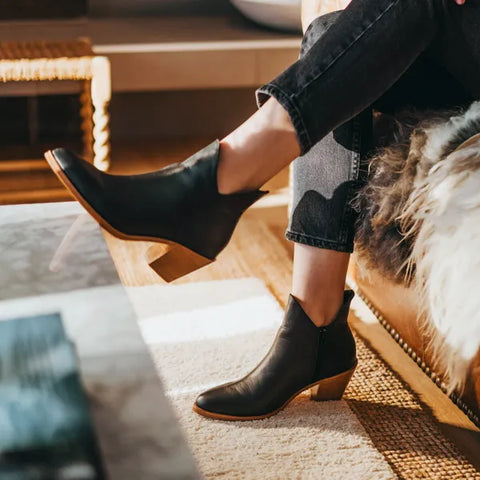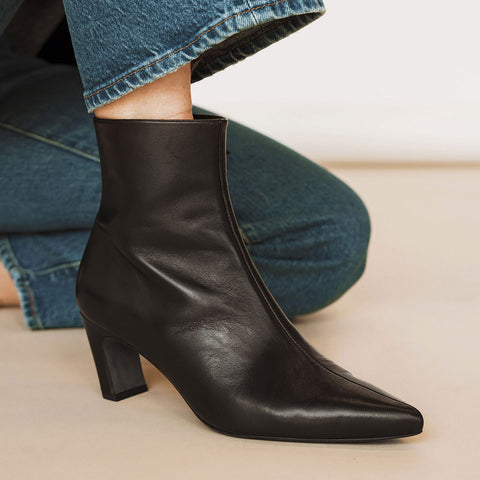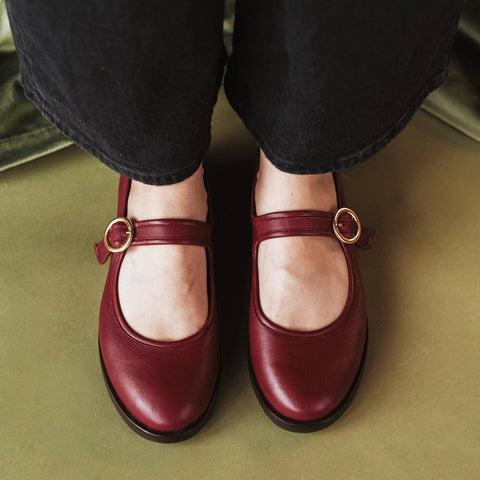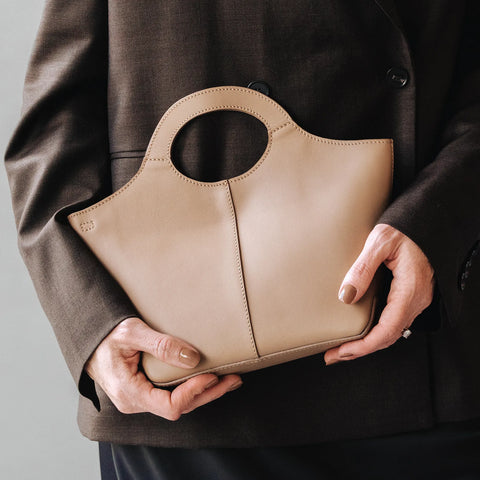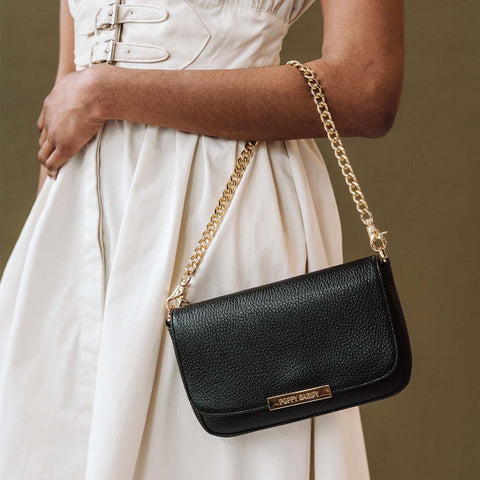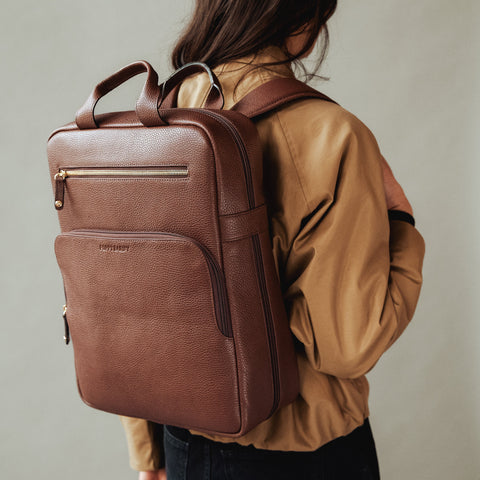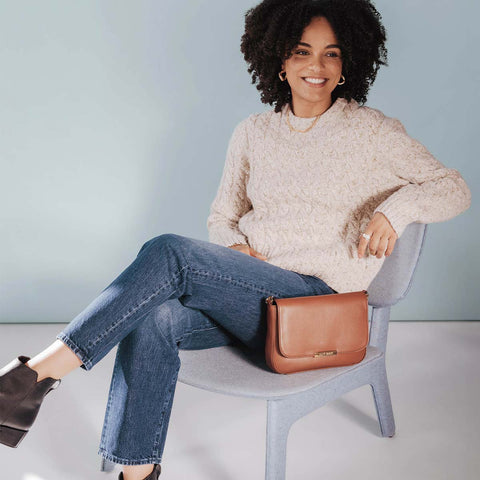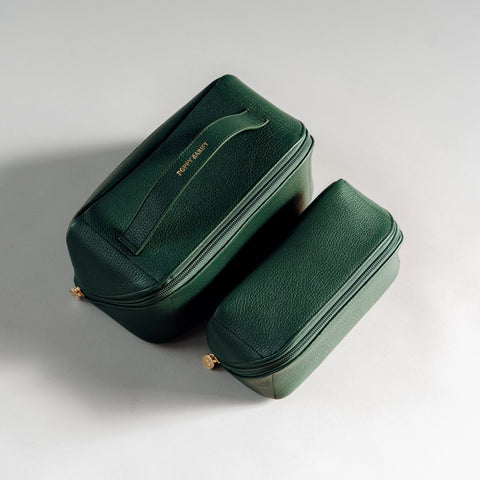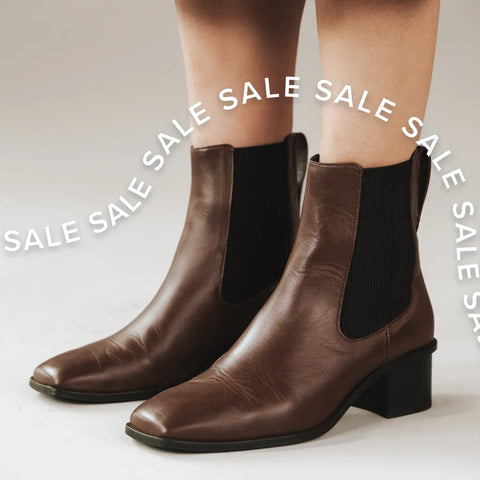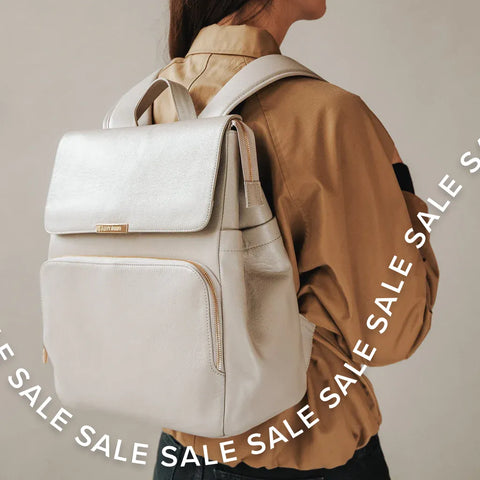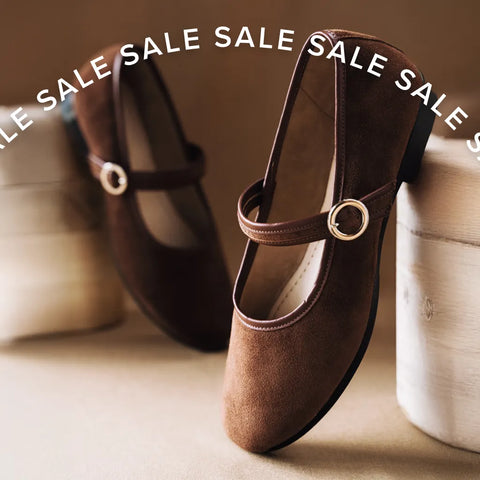Poppy Barley’s perspective: What is behind the supply chain craziness?
Anyone who has tried getting a bike, a fridge, a couch or Poppy Barley’s best-selling Right Size Tote in the past year knows that ‘supply chain’ has become a four letter word. But what is behind the craziness?
From Poppy Barley’s vantage point over the past two years, this is what is driving our supply chain issues:
1. Bust & Boom
It is easy to forget the panic that ensued in March and April 2020 when COVID became real to most North Americans (remember that crazy week that started with the NBA cancelling its season and ended with schools shutting down?).
Consumer confidence crashed. There was real fear of a depression or severe recession. The Dow Jones Industrial Average experienced its largest point plunge in history on March 9, 2020, followed by two more record-setting point drops in March. People (myself included) became obsessed by learning all they could about this mysterious new virus (how do you catch it? How contagious is it? What is going to happen?) and got very worried. At Poppy Barley, our sales fell by 50% in a week.
Most other businesses were also initially hit very hard. Famously, in dire straits, rental car companies sold off their fleets as air travel dropped by 94% (leading to a huge rental car shortage when travel came back). The price of oil turned negative for the first time in history.
Fashion companies responded by cancelling $40B in merchandise from their Fall 2020 orders. At Poppy Barley, we were able to keep supporting our factories because we don’t adhere to the standard fashion calendar of ordering many months in advance. We typically order just four months in advance. We cancelled no orders. Instead, we placed our fall collection order knowing the pandemic would still be part of our world.
The panic and free fall were stopped by the government injecting unprecedented fuel into the economy (via quantitative easing and new spending programs like CEWS, CERS and CRB). Collectively, we got over some of the initial panic and unknowns of COVID. Meanwhile, everyone’s lives had shifted dramatically with many people working from home, home-schooling and cancelling most social outings and travel.
Our new social fabric created COVID ‘winners’ and ‘losers’, with demand skyrocketing to unprecedented levels for the COVID winners. COVID winners are basically everything to do with local recreation and our homes. Globally, demand for raw materials, manufacturing, and shipping for those items took off, creating pain points we are still feeling today. For example, at Poppy Barley, our packaging cost has doubled due to the price of shipping containers tripling with the large backlog of shipping containers stuffed full of the bikes and couches ordered months ago.

Poppy Barley started off as more of a COVID ‘loser’ (beautiful bags are less relevant when you’re not leaving your house). We adapted quickly by changing our product mix to align with our new lives and our customers continued to support us (thank you!). Despite all our efforts, Poppy Barley climbed aboard the roller coaster where the ride was waves of COVID (it has been as fun as it sounds). Basically, during every wave our sales would drop (especially in-store sales) and in-between waves our sales would recover past 2019 levels. This made demand forecasting, which is usually built off historical sales, very difficult.
We’ve tried to be as consistent as possible in our orders (recognizing some of our factory partners rely on us to pay their teams) but anecdotally it seems many big footwear companies manufacturing in Mexico are ordering using a boom/bust model. For us, as a relatively small customer (we don’t make 1000s of pairs per day, which makes us small in the footwear industry) it means during boom times like Fall 2021 some of our raw materials suppliers put higher volume clients first and just didn’t make our orders. If you’ve been waiting on a Black Daily Loafer since before Christmas now you know why but don’t worry - we were able to find a new tannery and a re-stock just shipped!

2. Everyone has COVID
A single pair of our shoes is made up of outer leather, lining leather, an insole, a sole, interlining, and likely a zipper, elastic or hardware. Each of those components has a factory and at least one other raw material supplier. Then the finished product still needs to be shipped, warehoused and fulfilled before it arrives at a doorstep.
This complicated and inter-dependent supply chain has a lot of bumps when 1, 5, or 15% of the people behind it are sick with COVID at any given time.
In Mexico, where we primarily manufacture, most people I know had COVID in 2020 and/or 2021. Many are now testing positive for the second or third time (which, in 2022, is a very depressing sentence to write). Due to COVID, key people were sick quite frequently, or a factory would temporarily shut down altogether. When you consider how many suppliers, factories and components are required, it resulted in significant delays.


3. Energy crisis and COVID lockdowns
The supply chain craziness is global but at least for us the biggest pain point is getting materials from China.
Poppy Barley’s production only touches China in two ways - our packaging and the hardware for our bags. With packaging, it is easier to find substitutes (we opted for unbranded Uline boxes) but a lack of hardware has led to long stock-outs on many of our best-selling bags (like The Weekend Tote and The 3-in-1 Wristlet).
The issues in China have been two-fold. Firstly, the energy crisis there has meant factories have been reduced to working only 2-3 days per week (including our hardware factory), which obviously puts them behind schedule. Secondly, there have been intermittent lockdowns to prevent COVID from spreading, which prevent people from getting to work. China is still pursuing a COVID zero strategy with frequent lockdowns, especially right before hosting the Olympics. As a result, we can’t get hardware for love or money and, as I write this, with Lunar New Year beginning we can expect at least a 3-week delay on any more shipments.
So the fun continues.
My prediction is that this year will continue to be rough but by the end of 2022 the supply chain will be mostly back to normal (with COVID transitioning to endemic and some demand tapering as life returns more to normal and monetary policy shifts to dampen inflation).
In the meantime, while often frustrating (for us, you, and our factory partners) we are doing our best with pre-orders and ordering much further out. This has made me so appreciative of the inventory we do get (the other day I was counting and binning mules and loafers in the warehouse and was so happy)!
But more than anything, I keep reminding myself, like everything, this too will pass. And the future is bright.

